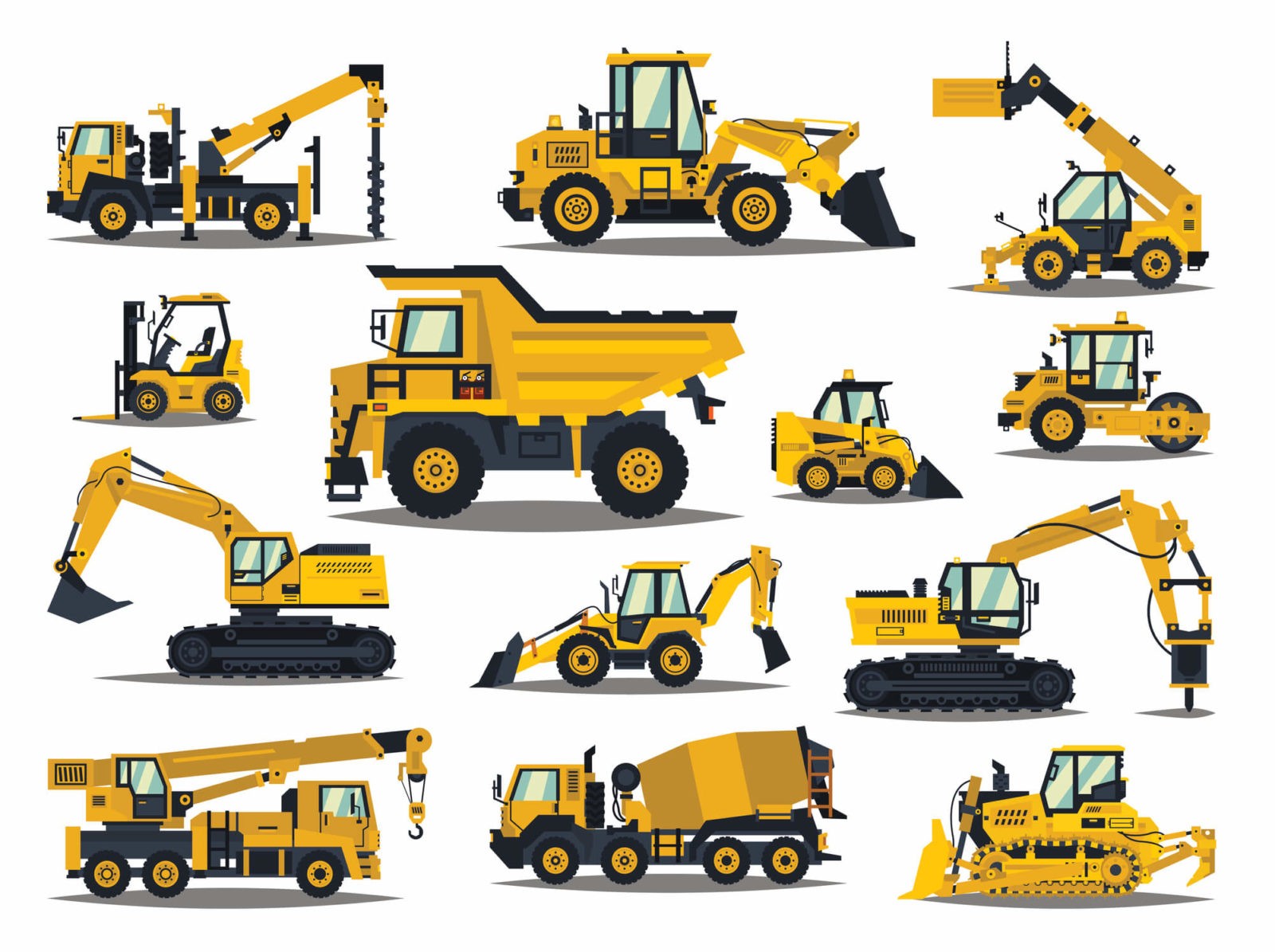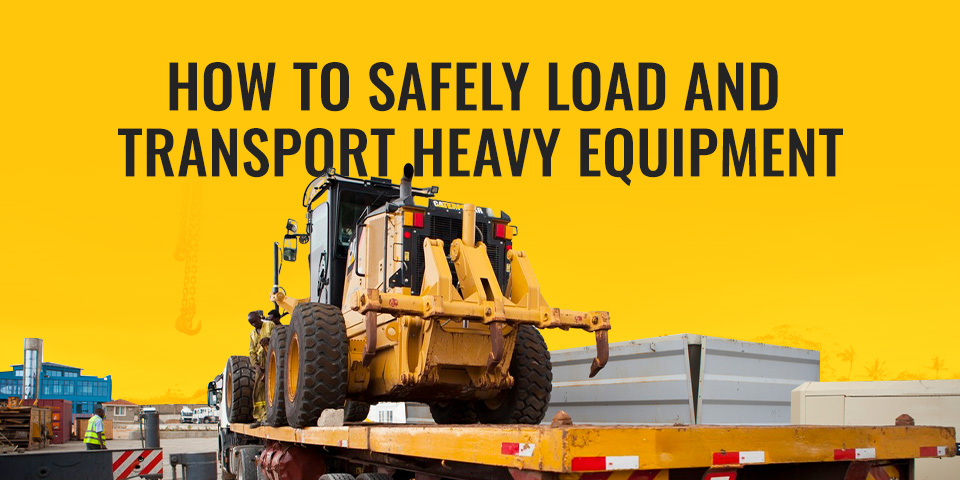Affordable Dozer Rental Solutions Near You
Affordable Dozer Rental Solutions Near You
Blog Article
Leasing Vs. Acquiring Construction Tools: Making the Right Option for Your Task
When getting started on a building and construction job, one of the critical decisions that forecast stakeholders and supervisors encounter is whether to rent or purchase construction tools. The decision hinges on various variables such as price considerations, job period, equipment maintenance, scalability, flexibility, and threat monitoring.
Cost Factors To Consider
When assessing the economic aspect of leasing versus acquiring building and construction tools, the long-term expenses and upfront prices must be carefully thought about. Renting tools typically calls for reduced preliminary settlements compared to acquiring, making it an attractive alternative for short-term tasks or professionals with spending plan restrictions. Leasing gets rid of the need for big resources expenses and lowers the economic danger connected with equipment possession, such as maintenance and depreciation costs. However, over time, constantly renting tools can collect greater costs than purchasing, specifically for extensive tasks.
On the other hand, acquiring building equipment involves greater ahead of time expenses yet can cause lasting cost savings, particularly for long-lasting tasks or regular customers. Having tools provides versatility, benefit, and the capacity for resale worth once the task is finished. Furthermore, having tools permits personalization and experience with particular machinery, potentially enhancing efficiency and productivity on-site. Eventually, the decision between purchasing and renting building devices rests on the job's duration, frequency of use, budget plan factors to consider, and lasting financial objectives.
Task Period

On the other hand, for lasting jobs or ongoing building and construction job, purchasing devices might be the extra affordable option. Purchasing tools can bring about cost savings over time, especially if the tools will certainly be often made use of. Furthermore, having tools provides a feeling of control over its schedule and permits personalization to fit specific job requirements.

Equipment Upkeep
Given the important duty job period plays in determining one of the most cost-efficient strategy between getting and renting out building and construction devices, the emphasis now shifts towards taking a look at the crucial element of equipment upkeep. Proper upkeep is critical for ensuring the ideal performance and durability of construction equipment. Leasing devices usually comes with the benefit of having well-kept equipment given by the rental business. This can ease the problem of maintenance jobs from the project owner or contractor, conserving effort and time. On the other hand, having devices calls for an aggressive approach to maintenance to avoid failures, ensure security, and prolong the tools's life expectancy. Routine inspections, servicing, and timely repair work are needed to maintain owned equipment in leading dozer rental functioning problem. Element in maintenance costs when determining between buying and leasing, as ignoring maintenance can cause pricey repair work, downtime, and job delays. Ultimately, a well-maintained building equipment fleet, whether leased or owned, is crucial for the effective and successful completion of building and construction jobs.
Flexibility and Scalability
In the realm of building tools monitoring, the aspect of adaptability and scalability holds considerable importance for job performance and resource usage. Deciding to rent out building tools provides a high degree of flexibility as it allows for the quick change of devices kinds and amounts based on the progressing demands of a task.
In addition, scalability, one more crucial variable, is inherently connected to adaptability. Renting building devices supplies the advantage of conveniently scaling procedures up or down as job needs change. Service providers can rapidly add or exchange tools to match the task's transforming needs without the constraints of having assets that may become underutilized or obsolete. This capability to scale resources successfully can cause price financial savings and improved project timelines, making renting out a positive option for jobs requiring versatility and responsive resource appropriation.
Threat Monitoring
Effective threat monitoring in building equipment operations is extremely important to making sure project success and mitigating potential financial losses. Construction jobs inherently entail different threats, such as equipment break downs, accidents, and project hold-ups, which can considerably impact the job timeline and budget. By meticulously considering the risks connected with owning or leasing building tools, job managers can make educated decisions to lessen these potential dangers.
Leasing building and construction equipment can provide a level of risk mitigation by moving the obligation of maintenance and repairs to the rental company. This can reduce the economic burden on the job proprietor in case of unanticipated tools failings (scissor lift rental). Additionally, renting provides the versatility to gain access to specialized equipment for certain job phases, reducing the risk of having underutilized machinery
On the other hand, owning building devices gives a sense of control over its usage and maintenance. Nevertheless, this likewise suggests bearing the complete responsibility for fixings, maintenance expenses, and depreciation, increasing the monetary threats connected with devices ownership. Cautious danger analysis and consideration of aspects such as project duration, tools application, and upkeep demands are essential in determining one of the most appropriate choice for efficient threat management in construction tasks.
Verdict
To conclude, when determining between renting out and getting building equipment, it is very important to consider price, job duration, tools upkeep, scalability, threat, and versatility monitoring. Each aspect plays an essential role in determining the most suitable alternative for the task at hand. By meticulously reviewing these facets, project supervisors can make an educated decision that lines up with their spending plan, timeline, and total task objectives.

Report this page